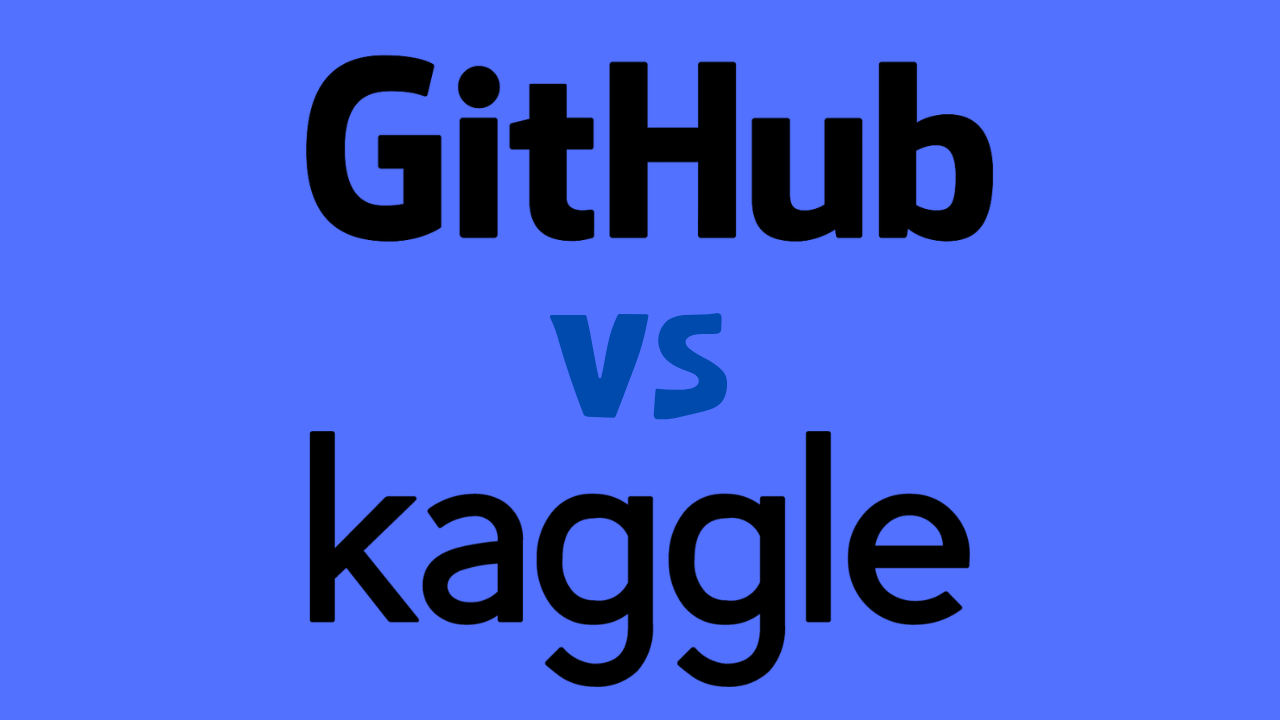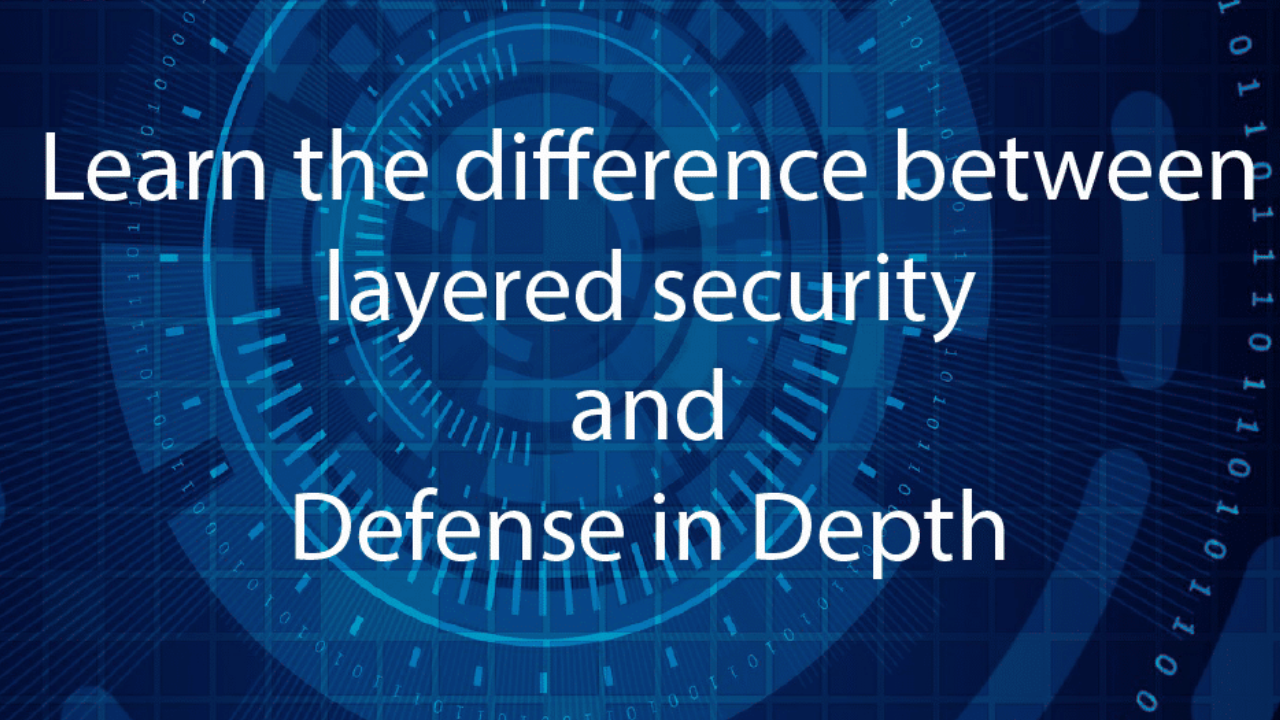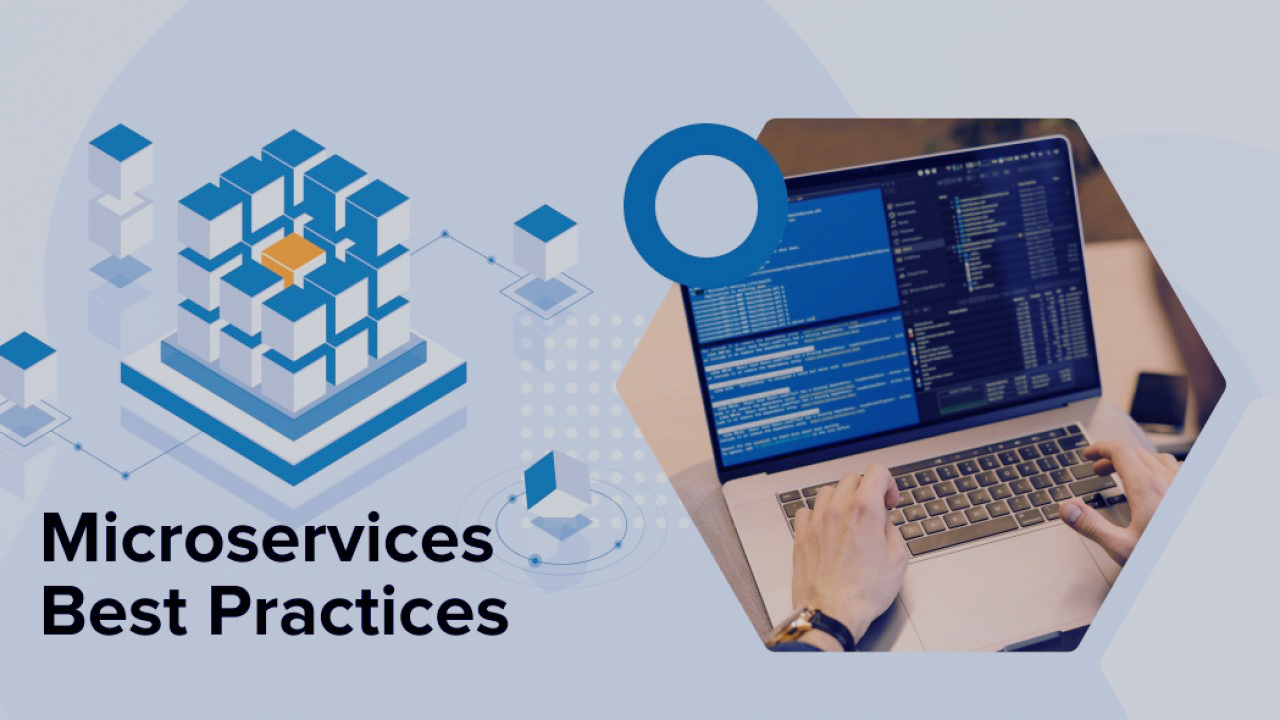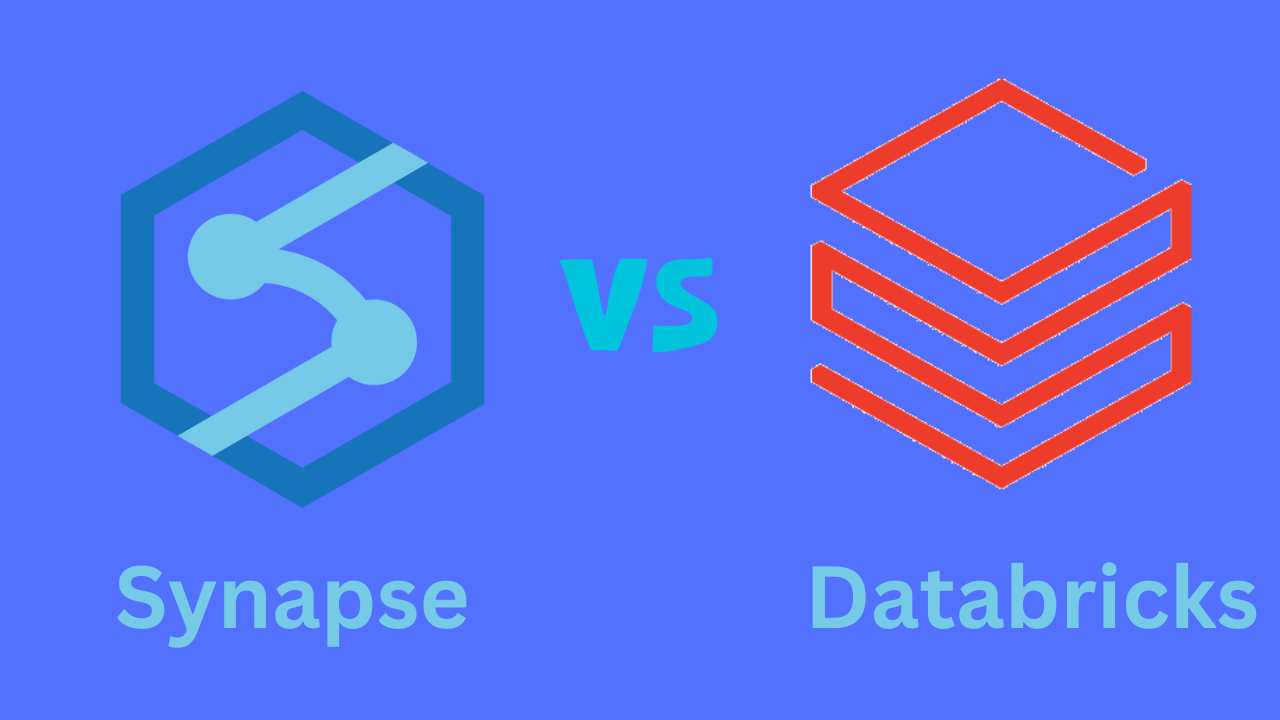In the world of software development, there are two key types of logic that developers must understand and implement in order to create effective applications: business logic and application logic. While these two types of logic are closely related, they serve distinct purposes and require different approaches to implementation.
In this article, we’ll explore the key Difference of Business Logic vs Application Logic, and discuss how developers can ensure that their applications are built to be reliable, scalable, and effective.
What is Business Logic?
Business logic refers to the set of rules and procedures that govern a business, including things like pricing, discounts, inventory levels, customer eligibility, and more. In the context of software development, business logic is the code that implements these rules within a specific application.
The purpose of business logic is to ensure that an application behaves in a way that is consistent with the business rules and procedures that it is designed to support. This can include everything from validating user input to performing complex calculations based on business data.

What is Application Logic?
Application logic, on the other hand, is the code that implements the business logic within a specific application. It is responsible for taking the back-end business logic input and turning it into the front-end output that the user sees. Application logic contains all of the rules and processes that control how the user interacts with the data. Its main responsibility is to ensure the user interface is easy to navigate, providing a good experience.
Application logic is concerned with how the user interacts with the app, and it outlines a series of actions triggered by an event. For example, if a user clicks a button, application logic might dictate that a new tab opens in a new window.
Key Difference of Business Logic vs Application Logic
Here’s a table summarizing the key differences between business logic and application logic:
| Aspect | Business Logic | Application Logic |
| Scope and Purpose | Domain-specific rules, processes, calculations. | Overall structure, flow, and behavior of an app. |
| Domain Specificity | Unique to a particular business or industry. | General, not tied to any specific domain. |
| Customization vs. Reusability | Customized for specific business needs. | Reusable across different applications. |
| Examples | E-commerce: Order processing, inventory management. | User authentication, data validation. |
| Change Frequency | May change frequently due to evolving business rules. | Relatively stable, with occasional updates. |
| Dependencies | Tightly coupled with the specific domain. | Interacts with various components/modules. |
| Flexibility | Adaptable to changes in business requirements. | Offers a framework for app’s overall behavior. |
| Maintenance | Requires updates as business rules evolve. | Mainly focuses on app’s architecture. |
| Scalability | Impacts how business-specific tasks are executed. | Affects how app handles different operations. |
| Testing Focus | Ensuring correct domain-specific functionality. | Validating overall app behavior and flow. |
Remember, while these distinctions are useful for understanding the concepts, in practice, the lines between business logic and application logic can sometimes blur, and careful architecture design is needed to effectively manage and separate these two aspects of software development.
Kaggle vs GitHub: Choosing the Right Platform
Examples of Business Logic vs. Application Logic
- Examples of business logic include pricing, discounts, inventory levels, customer eligibility, and other rules and procedures that govern a business. For instance, a business might have a rule that customers who have been with the company for more than a year are eligible for a loyalty discount. This is an example of business logic.
- Examples of application logic include user interface, navigation, and event handling. For instance, when a user clicks a button on a website, application logic might dictate that a new tab opens in a new window.
Benefits of Separation
One of the key benefits of separating business logic from application logic is that it makes it easier to maintain and update your applications. By keeping the business logic separate, you can make changes to the underlying rules and procedures without having to modify the application logic. This means that you can make changes to your business rules without having to worry about breaking the application.
Another benefit is that it makes it easier to reuse your business logic across multiple applications. By separating the business logic from the application logic, you can create a library of reusable components that can be used in different applications. This can save time and effort, as you don’t have to rewrite the same business logic for each application.
Separating business logic from application logic can also improve the scalability of your applications. By keeping the business logic separate, you can scale your applications more easily by adding more servers or resources to handle increased traffic. This is because the business logic is typically less resource-intensive than the application logic, which means that you can scale the business logic independently of the application logic.
API’s For Dummies – Your Ultimate Guide for 2023!
Challenges and Considerations
When it comes to separating business logic from application logic, there are several challenges and considerations to keep in mind. One of the main challenges is ensuring that the two logics work together seamlessly. This requires careful planning and coordination between the developers responsible for each type of logic.
Another challenge is ensuring that the business logic is properly documented and understood by all stakeholders. This is important because the business logic is critical for ensuring consistency with business rules and procedures. If the business logic is not properly documented, it can be difficult to make changes or updates to the underlying rules and procedures.
Ending Notes
Understanding the differences between business logic and application logic is critical for creating successful web applications that are both efficient and user-friendly. By separating these two types of logic and addressing the challenges and considerations that come with doing so, you can create applications that are reliable, scalable, and easy to maintain.
FAQs
What is the difference between presentation logic and application logic?
Presentation logic focuses on how information is presented to the user and how the user interacts with the interface, while application logic manages the overall flow, processing, and functionality of the software application.
What is difference between application and program?
Software programs are typically designed for a single, specific platform, whereas applications are developed to function across multiple platforms, including mobile devices, PCs, and other electronic devices. Unlike programs, applications rely on underlying programs for their operation.
What is the difference between software and business application?
Technology software commonly exhibits specialization and lower-level functionality, addressing limited tasks. Conversely, business applications tend to be intricate and advanced, intended to facilitate diverse business operations and processes.

















